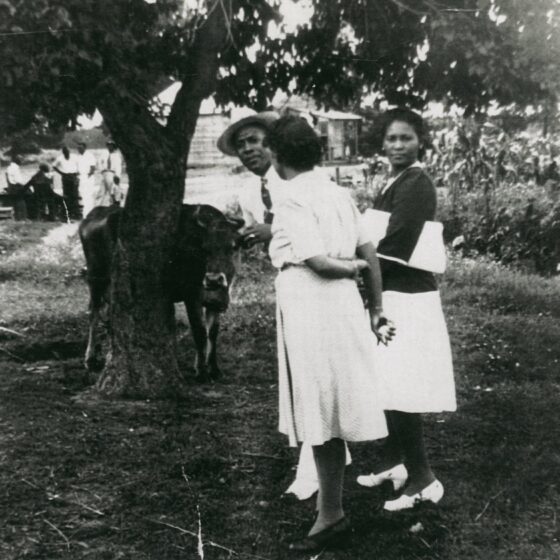Origins of the Bungalow
The Reynolds family and their architects referred to Reynolda as a bungalow, a term generally used for small homes of one or one-and-a-half stories. Reynolda has four stories and 30,000 square feet. Is it really a bungalow?
The name is derived originally from “bengalo,” or a house in the style of the Bengal region of India. Expanding upon its low, horizontal form, American architects promoted the bungalow as “a house with as little distinction as possible between indoors and out.” By 1910, when Katharine Reynolds’s desire for a “squatty” country house was first documented, the bungalow type had risen to a somewhat mythical stature that promised a relaxed, informal, and healthy life for its occupants. Bungalows gained wide array of admirers beyond the working class and were designed in Spanish, Colonial, and even Japanese styles. In response to the demands of wealthy clients, architects willingly designed bungalows on any scale. Between 1909 and 1913, more bungalows were built in this country than any other house type.
Reynolda shares many characteristics with the common Colonial-style bungalow. Its most marked similarity is the low sweeping roofs set over recessed porches. The band of shed windows, thick columns, open floor plan, and apparent lowness to the ground are also typical bungalow features.
Reynolda revealed video series
See all videosFrom the 1910s to the late 1950s, the segregated community of Five Row was home to Reynolda’s African American farm workers and their families.
A new type of Southern woman, Katharine Reynolds combined the traditional role of wife and mother with progressive practices on healthy living, education, and agricultural reform.

